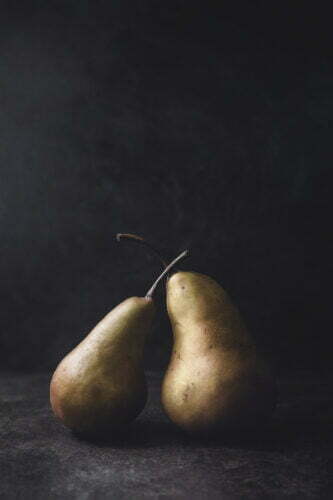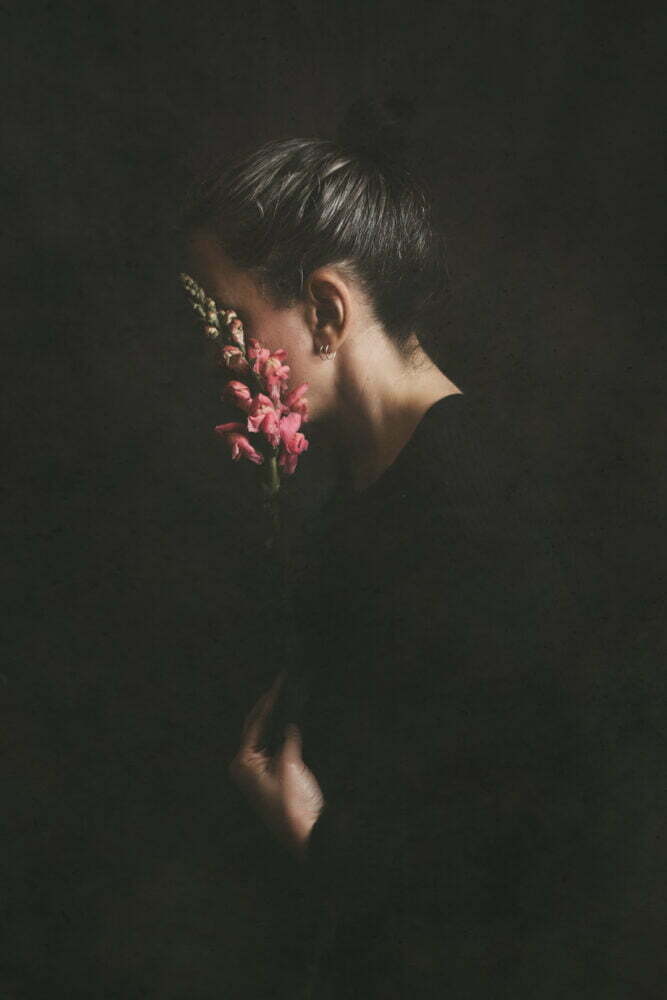When I first started photography, I was working mostly with composites – images created largely in Photoshop by piecing together multiple other images to make something that only exists in the imagination.
As anyone who has worked in this method will tell you, the key to a believable composite is consistent lighting. When the aim is to make a final piece look cohesive, the light direction, hardness and colour need to make sense. That’s why, for a very long time, I would only shoot in flat, diffused lighting. The more neutral the light in my base images was, the easier it was to match together elements from different locations or sources, as well as being able to manipulate the light in editing. I would shoot with no distinctive light so I had the freedom to create distinctive light in Photoshop and that was how I loved to work.
As my work evolved and I became a better photographer, I moved further and further away from compositing, preferring to capture as much as I could in a single frame. I will still composite in elements where it’s impractical to capture everything in a single shot (particularly in self-portraits) but those additional pieces are almost always shot in the same location at the same time so consistency is never a big issue.
While my photography has been moving in this direction for a while, it’s only fairly recently that I’ve started to incorporate light and shadow into my images in a more deliberate way, utilising them creatively as techniques.
Working with dramatic light and shadow can produce incredible results, creating mystery and mood and allowing the photographer to direct the eye and shape the frame.

Using technique as a source of inspiration
The tangible side of inspiration has always been a hurdle for me. I am inspired to create almost consistently but often held back by the practical elements of what to actually shoot.
I’ve been working with a new inspiration exercise, based on experimenting with different techniques to give myself a starting point to create from. The techniques have included double exposure, working with motion, creating diptychs, experimenting with light and shadow and shooting mini sessions to produce a series of images rather than just one final piece. As with every experiment, some have produced better results than others – double exposure is so far not my forte but diptychs and mini-series have been game changers for me.
In one of my experiments with light and shadow, I worked with a single light source (a window) to shoot a collection of images, moving the camera and subjects around the light to produce different results. I used the light as the inspiration for each shot, keeping that as the main focus. Each time I moved the camera or the subject, I looked for what the light was doing and how I could best work with it.
In the final selection, I chose images that worked cohesively across the series, brought together by tone, colour and commonalities in the subject, props and location. Each image relates to at least one other in the series, creating balance across the sequence.
Using a particular technique as a form of inspiration can be a great way to move the focus away from what to photograph and instead place it on how to photograph, using this to direct the rest of the image.
- In motion blur, I’m looking for something that moves easily and creates interesting effects while in motion so I’ve been drawn to fabric or elements in nature that are already in motion and can be captured with a longer exposure
- In double exposure I’m looking for light and dark elements to blend together so I’m shooting higher contrast images
- In diptychs I’m looking for elements that link two images together so there is a strong focus on shape, form and colour
- In light and shadow, I’m looking at shape and texture, what I can highlight and what I can hide
- In creating a series of images, I’m looking for elements that tie the images together through subject, light, colour, tone or theme while also allowing each image to speak for itself
Experimentation helps an artist to grow so working with new and unfamiliar techniques has also allowed my work to evolve and opened new doors for inspiration that I hadn’t previously considered.
